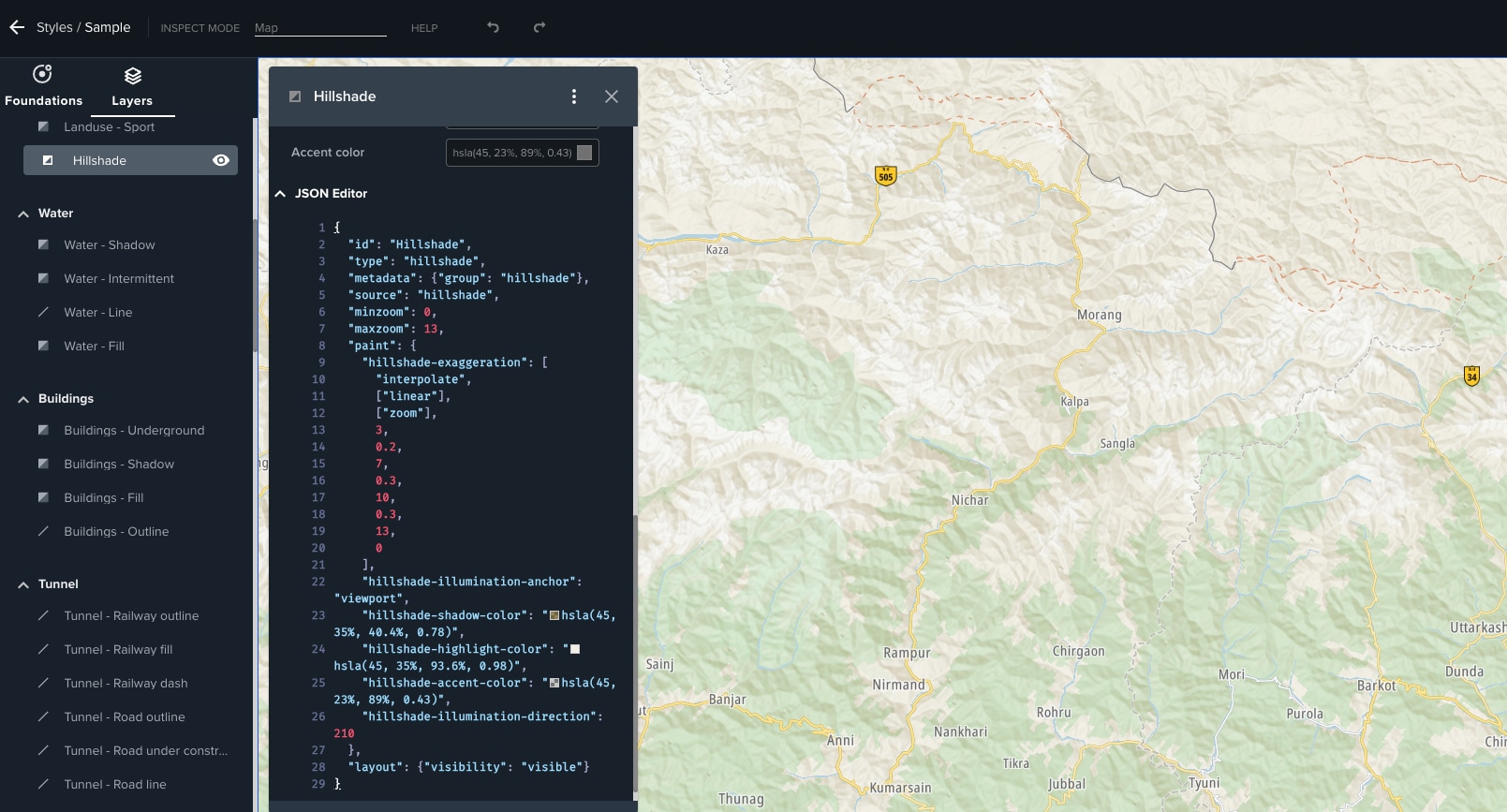Elevate Your Mapping Experience: Introducing Enhanced DEM and Hillshade in Our Maps
)

We're excited to introduce our enhanced Digital Elevation Model (DEM), adding a whole new dimension to your mapping experience.
Understanding DEM: A 3D World on Your Screen
So, what exactly is DEM? In the realm of Geographic Information Systems (GIS), DEM stands for Digital Elevation Model. Also sometimes referred to as a digital terrain model, a DEM is a 3D representation of the Earth's surface, crucial for various mapping applications. Available in both raster and vector formats (as contour lines), DEM provides a detailed view of the terrain. But that's not all; DEM also comes in the form of shaded relief, commonly known as hillshade.
Hillshade: Bringing Maps to Life
Hillshade is a standard map style that focuses on natural features. It adds depth to maps by creating realistic 3D representations of hills, valleys, and mountains. By incorporating hillshade into our Map Display API, we're aligning our mapping solutions with the current industry standards, offering you a more immersive mapping experience.
Curious to see the transformation? Take a peek!

The Technical Bit: Maps Raster Hillshade Tile API
Our Maps Raster Hillshade Tile API endpoint provides terrain elevation data in gridded sections known as tiles. These tiles are essentially square images, each measuring 514 x 514 pixels. What's more, they're available at 14 different zoom levels, ranging from 0 to 13, so you can explore the terrain at varying levels of detail. Check the details in our technical documentation page.
Licensing and Pricing: Seamless Integration at Unchanged Costs
We understand the value of streamlined processes, and that's why we've made integrating hillshade into your maps hassle free. Hillshade operates as a separate endpoint within our Map Display API. For example, you can fetch the image above with this HTTP GET request:https://api.tomtom.com/map/1/tile/hill/main/8/68/120.png?key={Your_API_Key}To visualize your map with hillshade, you'll need to make two API requests — one for the regular map tile and another for the hillshade endpoint. The best part? The price per request remains unchanged, which means you get enhanced visuals without breaking the bank.
How to I get the elevation?
We are glad you ask!
If you display the hillshade tile, you notice that it can have a blue-ish or green palette. The reason is that the real elevation in meters is encoded in each pixels. This value can be calculated using the following formula:
height = -10000 + ((Red * 256 * 256 + Green * 256 + Blue) * 0.1)So for a pixels with the color as rgb(1,150,5) using this formula we get:
height = -10000 + ((1 * 256 * 256 + 150 * 256 + 5) * 0.1)And we get : 394 meters above the sea level.
Seeing is believing
Would you like to see it live? Head to our Map Maker and the hillside layer should be in the "Land Use" section:
 In the middle section - the layer properties area - you can change the shade color and the illumination direction and different effects can be created. For example changing some values we get a totally different look:
In the middle section - the layer properties area - you can change the shade color and the illumination direction and different effects can be created. For example changing some values we get a totally different look:
